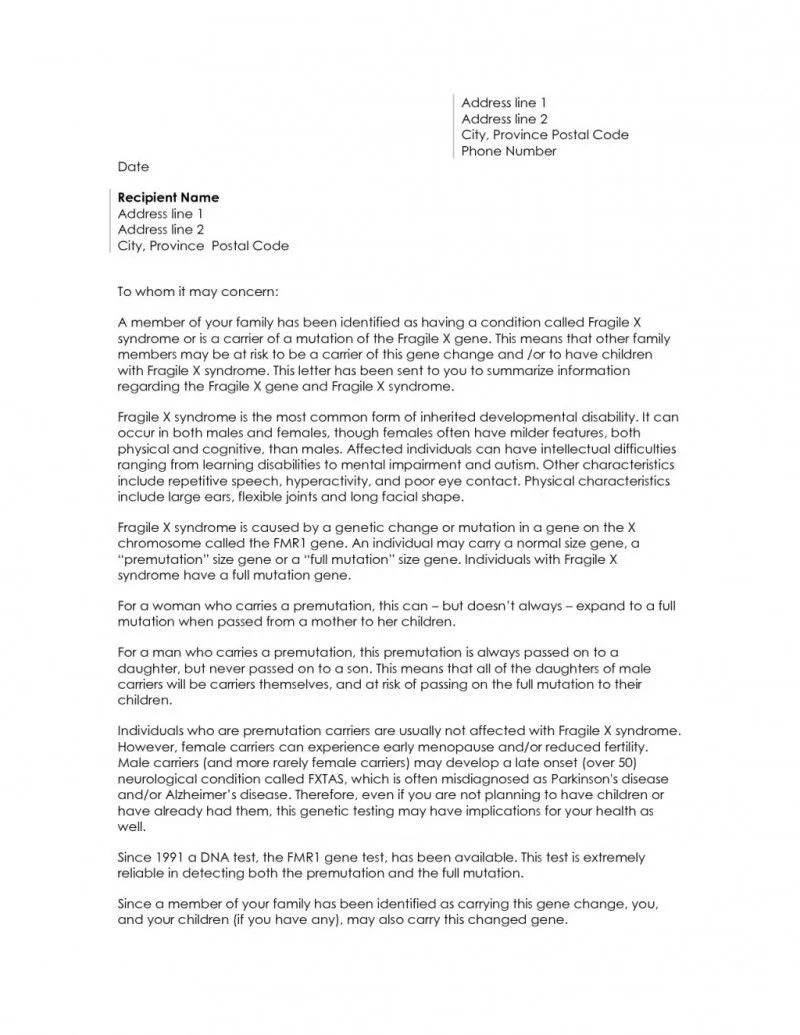What is a Cover Letter and Why Is It Important?
A cover letter is more than just a formality, it’s your first impression on paper. It is a document that accompanies your resume when applying for a job. Think of it as your personal sales pitch, a chance to introduce yourself, highlight your key skills, and explain why you are the perfect candidate for the role. In the crowded landscape of job applications, a well-crafted cover letter can be the difference between your resume landing in the ‘yes’ pile or the trash.
Understanding the Purpose of a Cover Letter
The primary purpose of a cover letter is to provide context to your resume. It allows you to elaborate on your experiences, skills, and achievements, going beyond the bullet points of your resume. It offers the opportunity to demonstrate your writing skills, express your personality, and show your genuine interest in the company and the specific position.
Why a Cover Letter Matters
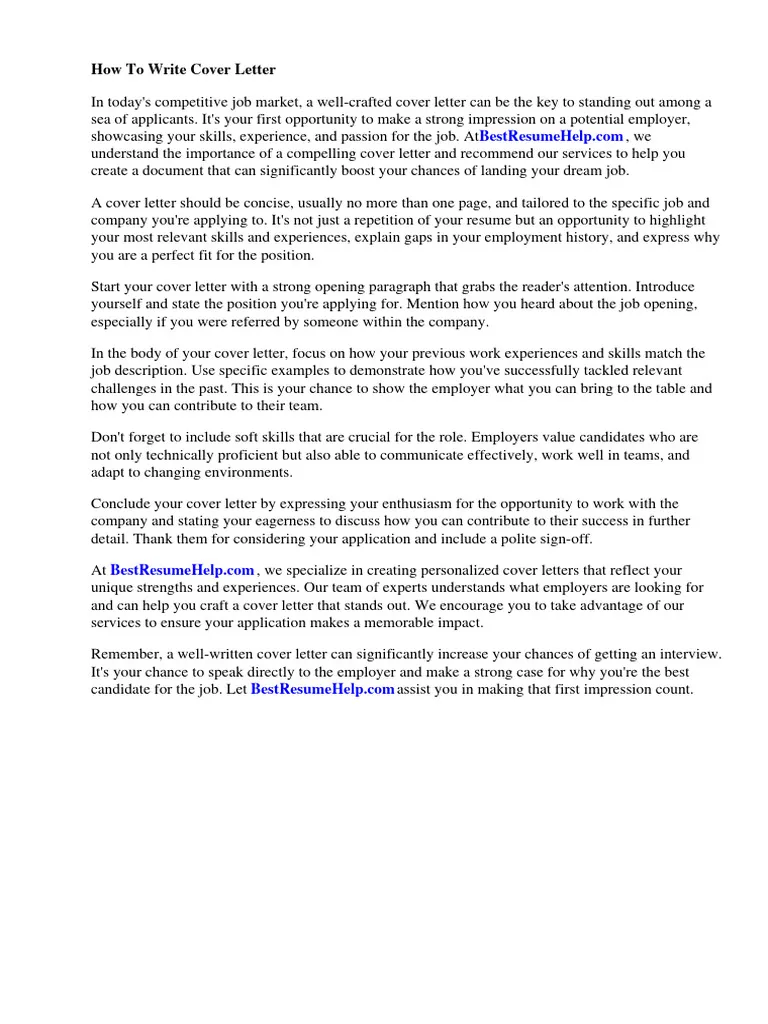
A well-written cover letter grabs the reader’s attention immediately, setting the tone for the rest of your application. It allows you to connect your skills and experiences to the job description, making it clear why you’re a strong fit. Many hiring managers use cover letters as a screening tool, to filter out candidates. A cover letter showcases your communication skills, attention to detail, and your overall professionalism. Without a cover letter, you might miss the chance to make a compelling case for yourself.
Key Components of a Compelling Cover Letter
Your Contact Information and Date
Start with your contact information at the top of the letter. Include your name, address, phone number, and email address. Directly below your contact information, include the date. This ensures the recruiter knows when you sent the application.
Addressing the Unknown Recipient
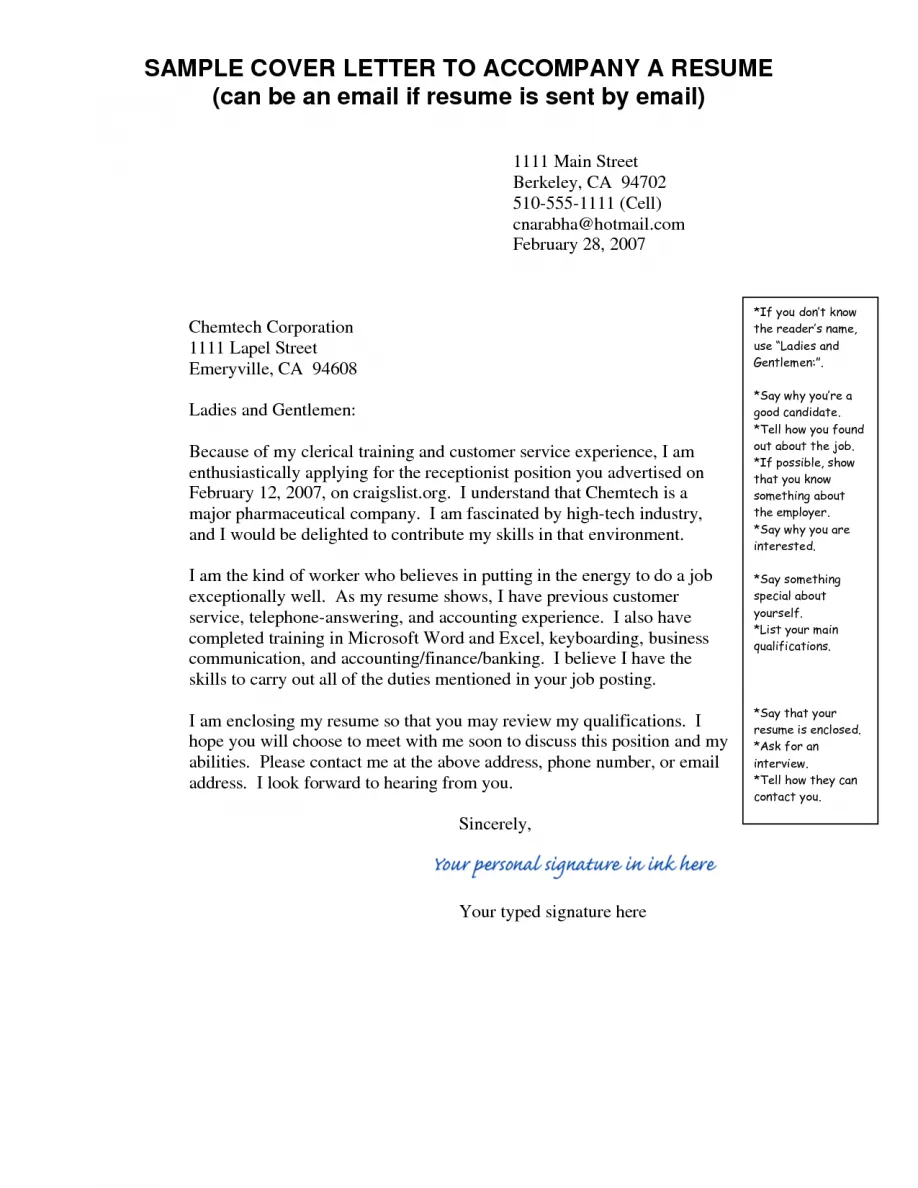
When you don’t know the name of the hiring manager, it is best to use a professional greeting. Instead of using a generic ‘To Whom It May Concern’, use a more tailored approach. Phrases like ‘Dear Hiring Manager’, ‘Dear [Department Name] Team’, or ‘Dear [Job Title] Search Committee’ are better options. Make sure you check the company website or LinkedIn to try and find the name. Researching the company can help identify the proper contact person.
Crafting a Strong Opening Statement
The opening paragraph is your first chance to grab the reader’s attention. Clearly state the position you’re applying for and where you found the job posting. Immediately express your interest in the role and the company. Keep it concise, and make sure it is clear how your skills and experience align with the job requirements.
Highlighting Your Skills and Experience
Use the body of your cover letter to showcase your relevant skills and experiences. Instead of simply restating your resume, elaborate on your achievements. Back up your claims with examples and quantify your accomplishments whenever possible. Focus on the skills that are most relevant to the job description.
Demonstrating Your Value Proposition
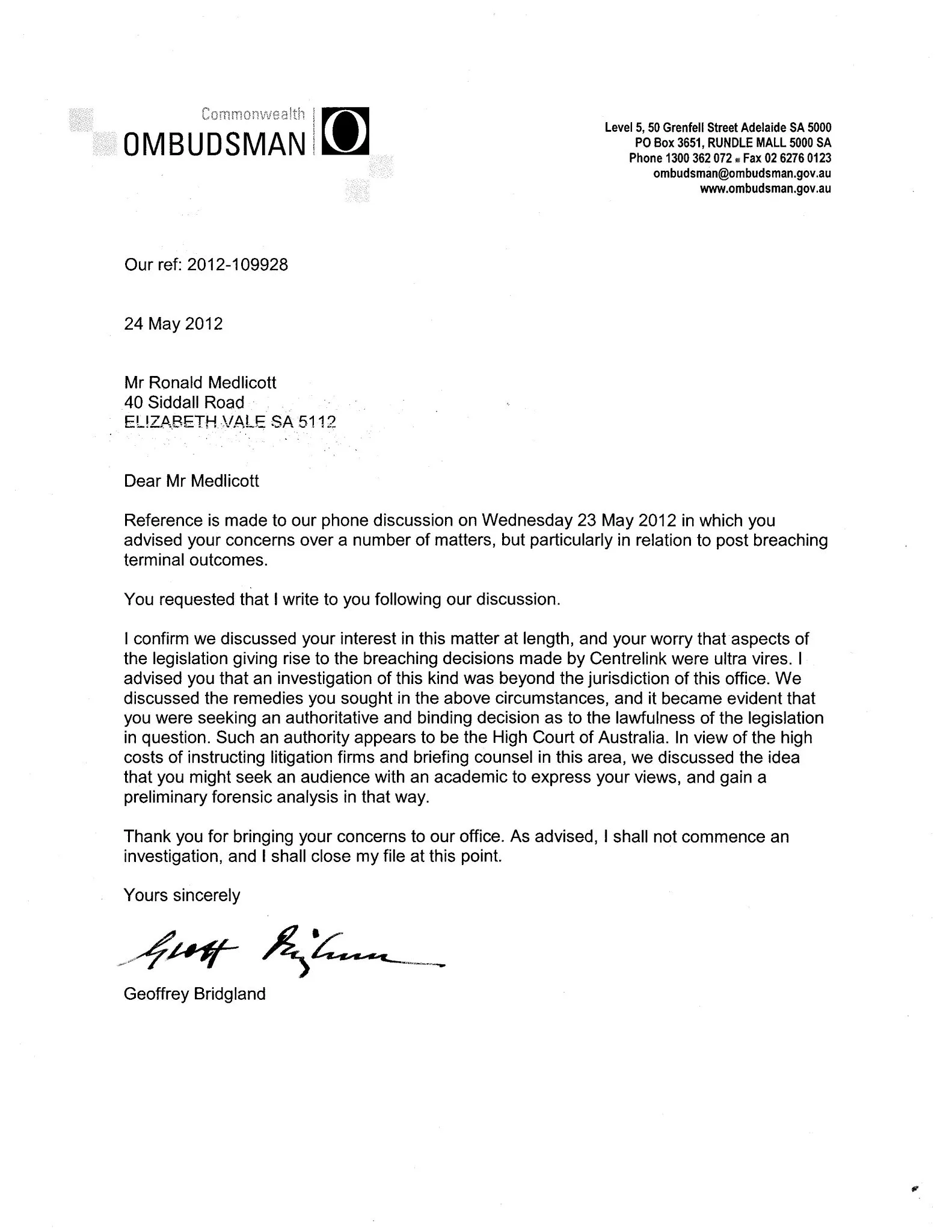
Clearly communicate what you can bring to the company. Explain how your skills and experiences align with their needs and how you can help them achieve their goals. Mentioning the company’s values or mission will show that you have done your research and are a good fit. Emphasize what makes you unique and how you can solve their problems.
Showcasing Your Achievements
Don’t just list your responsibilities, describe your accomplishments. Use the STAR method (Situation, Task, Action, Result) to highlight your successes. Quantify your achievements whenever possible. For example, instead of saying ‘Managed social media,’ say ‘Increased social media engagement by 30% in six months by implementing a new content strategy.’
The Importance of Tailoring Your Letter
Generic cover letters are a red flag for hiring managers. Tailor each cover letter to the specific job and company you’re applying to. Make sure to study the job description, identify the key requirements, and customize your letter to address them directly. This personalized approach shows that you’ve invested time and effort, which increases your chances of success.
Researching the Company and the Role
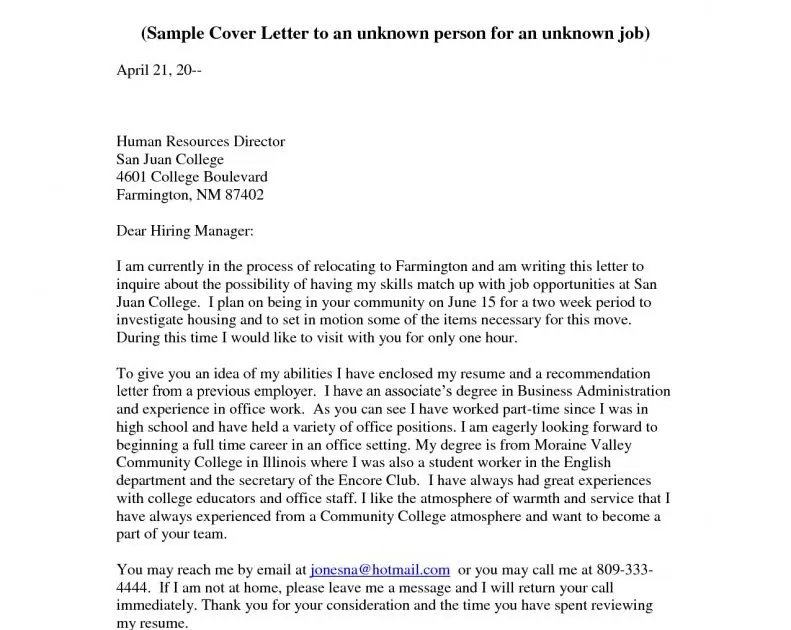
Before writing, research the company’s mission, values, and recent news. Understanding their business helps you align your skills and experiences with their specific needs. Also, understand the role’s responsibilities, required skills, and the company’s expectations. This information will help you customize your letter and show you’re genuinely interested in the position.
Customizing Your Cover Letter
Use the job description as a guide. Identify the keywords and skills they are looking for. Use these keywords in your cover letter. Mention specific projects or experiences from your past that demonstrate your relevant skills. Personalize the letter, by highlighting what interests you about the company and the role.
Structuring the Body of the Cover Letter
Organize the body of your letter logically, with clear paragraphs. Start with a compelling opening, followed by sections that highlight your skills and experiences. Use concise language. Keep the paragraphs short and focused to make your letter easy to read. Maintain a professional and enthusiastic tone throughout the entire document.
Writing a Professional Closing
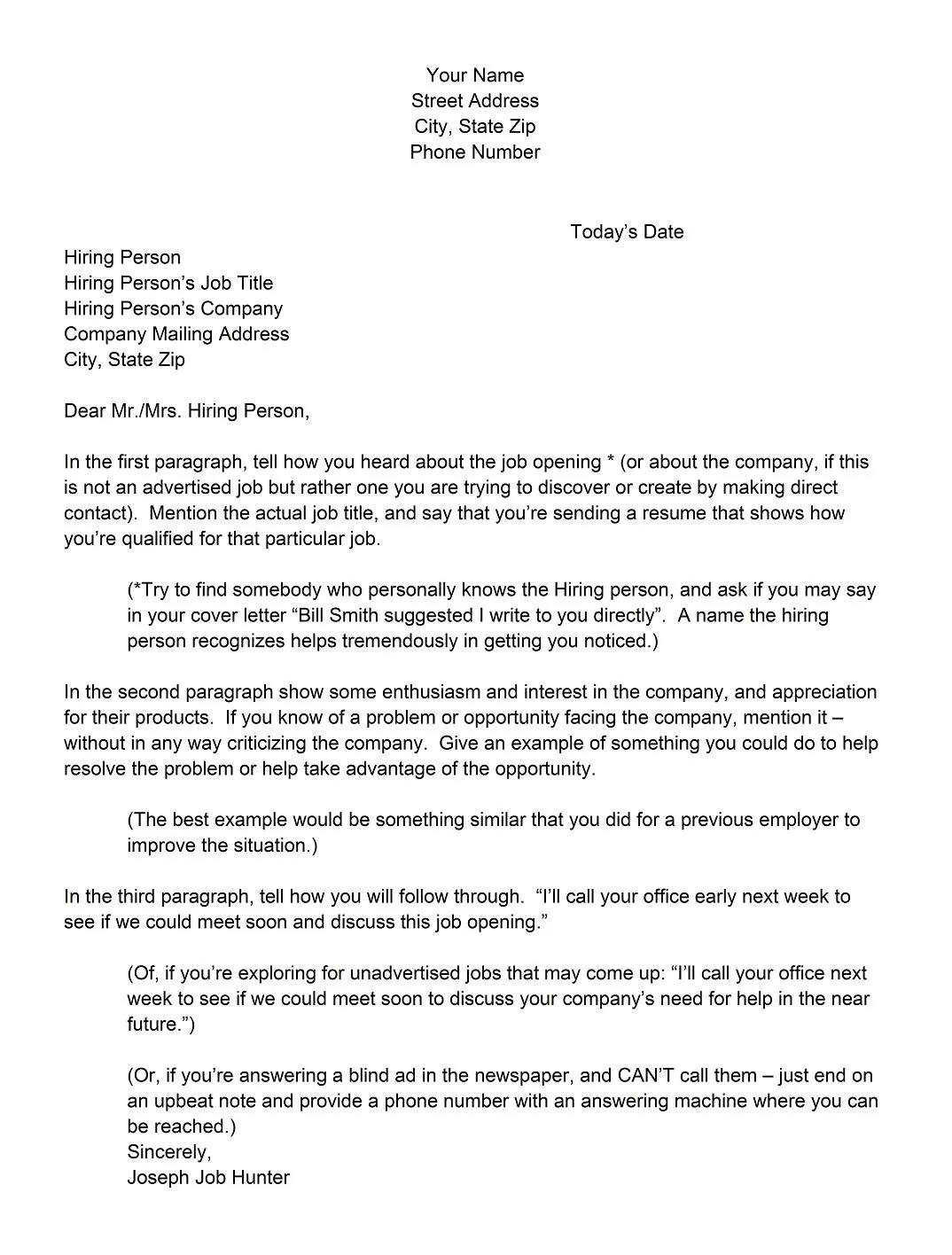
Conclude your letter with a professional closing, such as ‘Sincerely’ or ‘Best regards.’ Reiterate your interest in the position and thank the reader for their time and consideration. Include a call to action, inviting the reader to contact you or review your resume. Always include your contact information.
Expressing Enthusiasm and Gratitude
Show genuine enthusiasm for the opportunity. Express your appreciation for the reader’s time and consideration. Let them know that you are excited about the possibility of joining their team. A positive and grateful tone leaves a lasting impression.
Call to Action
End with a call to action. Make it easy for the hiring manager to take the next step. You can invite them to contact you to schedule an interview. Mention that your resume contains additional details about your qualifications. Your goal is to prompt the reader to want to learn more about you.
Proofreading and Editing
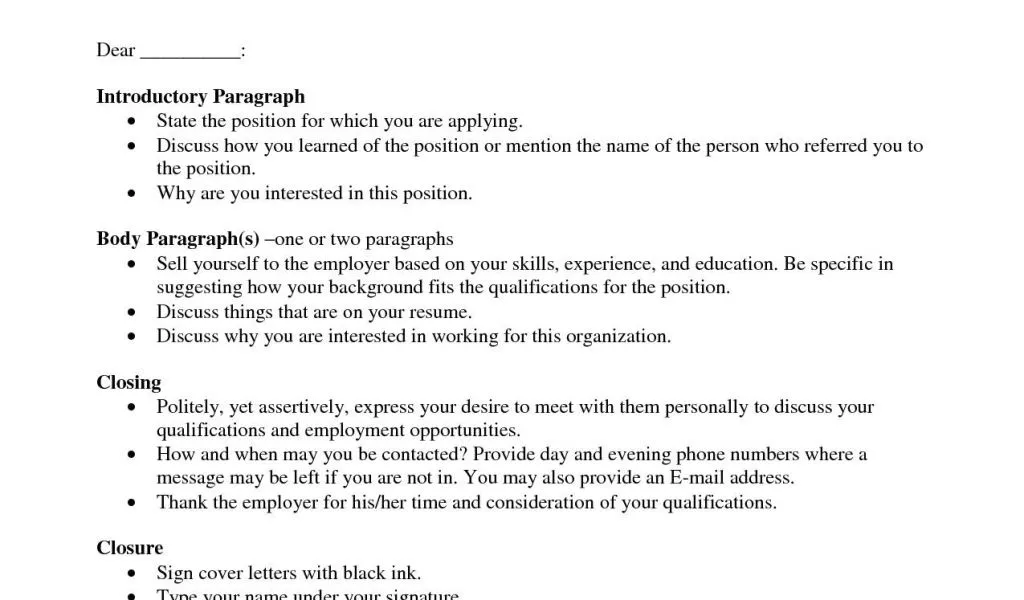
Before you send your cover letter, proofread it carefully. Check for any grammatical errors, spelling mistakes, or typos. Have someone else review your letter. Fresh eyes can catch errors that you might have missed. Ensure that the formatting is consistent and professional.
Ensuring Clarity and Conciseness
Use clear and concise language. Avoid long, complex sentences. Get straight to the point and present your message effectively. Every word should serve a purpose and contribute to your application.
Formatting Tips for Readability
Use a professional font like Times New Roman or Arial with a standard font size (11 or 12 points). Use single spacing and left alignment. Include a header and footer with your name and the page number. Make sure the margins are clean, and there is sufficient white space, which will make it easy to read.
Common Mistakes to Avoid
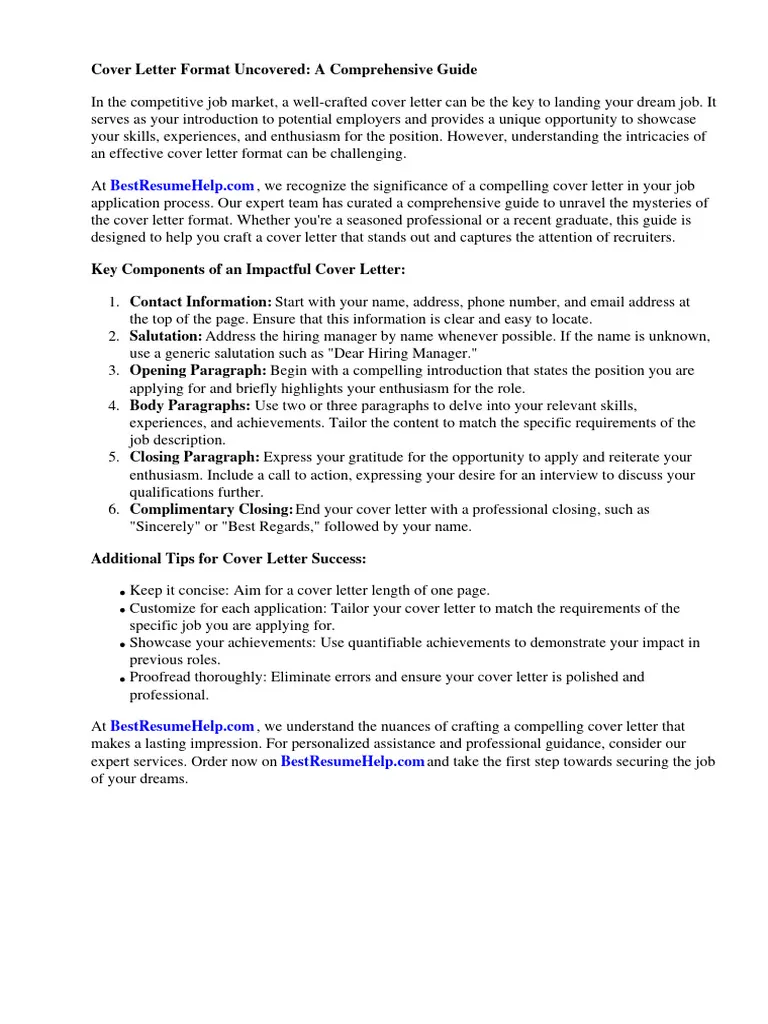
Avoid making common mistakes that can damage your application. These mistakes could cost you your job application. Being aware of these issues before writing is key.
Overused Phrases and Clichés
Avoid generic phrases and clichés such as ‘hard worker’, ’team player’, or ’think outside the box.’ These are overused and don’t provide any unique insights. Instead, use specific examples and demonstrate your abilities through concrete achievements.
Errors in Grammar and Spelling
Grammatical errors and spelling mistakes can undermine your credibility. Proofread your cover letter multiple times. Use grammar and spell-checking tools, but also have a person review it. Ensure your letter is free of errors.
Tips for Standing Out From the Crowd
Make your cover letter unique and memorable. These tips will help you make a stand out application. Avoid being like everyone else.
Using a Professional Tone and Style
Maintain a professional tone and style. Use formal language and avoid slang or casual expressions. Be respectful and courteous. Ensure your writing is clear, concise, and easy to understand.
Example Cover Letters
Here are some example cover letters. These cover letters show how to address someone with unknown names and positions. Reviewing a few examples can help you prepare your own, unique cover letter.
